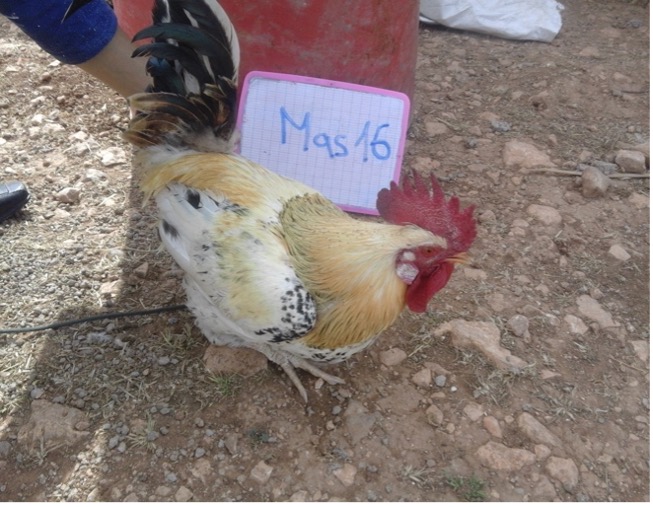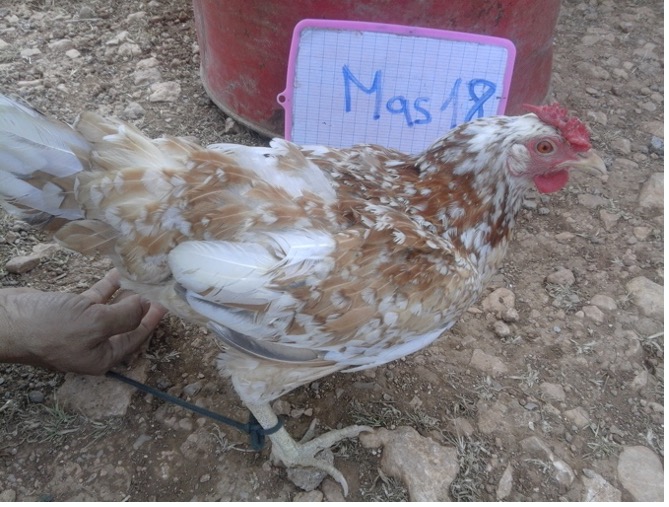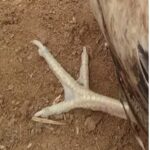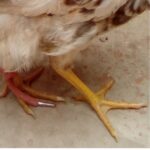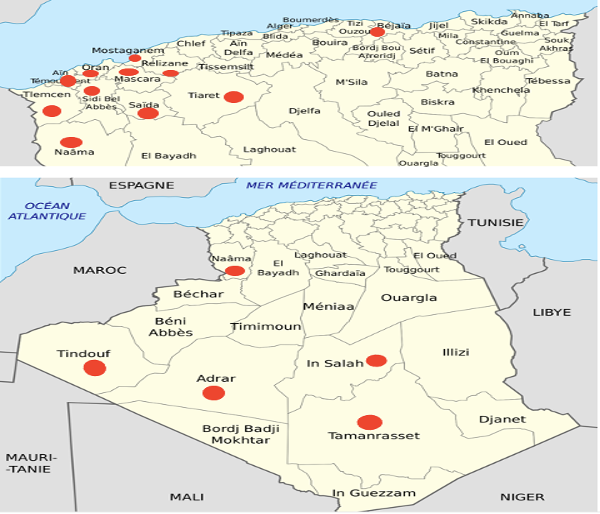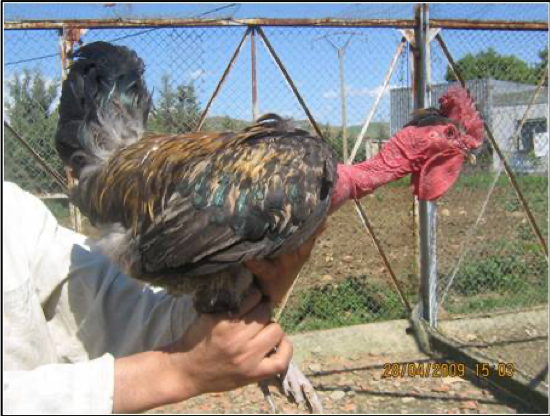
Breed name: Local chicken population
Species: Chicken
Country: Algeria
Aptitudes: Layers and multi-purpose
Status: Unknown
History:
The origin of village chickens in Northern Africa results from several events: 1.Migration of early domestic chickens following terrestrial human trade routes from Asia to the Mediterranean area a few thousands of years ago2.Migration of early domestic chickens following maritime routes from South-East Asia and India to Eastern Africa, Egypt and Western North-Africa a few thousands of years ago3.Importation of Asiatic breeds in Western Europe starting from the XVIIIth century, with likely introduction in Northern Africa4.Recent introduction of highly selected lines in large production farms around the urban areas in the XXth century
As a result, genuine local populations of chickens are found in rural areas, across a range of climatic zones in each country. Populations generally do not exhibit a strong genetic structure in a particular zone and tend to differentiate among distant zones.
Description:
For local chickens, there are no phenotypically distinct breeds. The most common feather colors are : golden (21.3%), wheat (15.6%), black (12.6%) and mille-fleurs (10.2%). The other colors: white, pebbled, coucou, copper black, red, gray, hermine, brown and partridge – are encountered with frequencies varying from 0.6 to 8%. The type of feather is normal in almost all of the hens sampled. The “naked neck” phenotype represents only about 6% of the population.
The coloring of the skin is either yellow (43.4%), white (33.2%), pink (20.1%) and more rarely black (3.3%). With regard to the tarsi, the yellow color is the most common (50.3%), followed by gray(23.1%) and white (15.3%), while green and black are rarer (6.6% and 4.5%).The simple comb is largely in the majority (92.2%) and it is predominantly red (87.1%). The wattle color is red (88%), pink (10.5%) or black (1.5%). The earlobe shape is oval (84.1%) and rarely round (15.9%). Their color is red (48.8%), white (29.3%) or pink (18.9%). The red-orange color (wild type) of the eyes is predominant (71.6%). It is followed by the yellow (20.1%) and black-brown (8.4%) coloration. The beak is either curved (72.5%) or straight (27.5%). The “horn” type coloration is the most frequent (53.3%), ahead of the yellow (23.7%), white (14%) and black (9%) coloring.
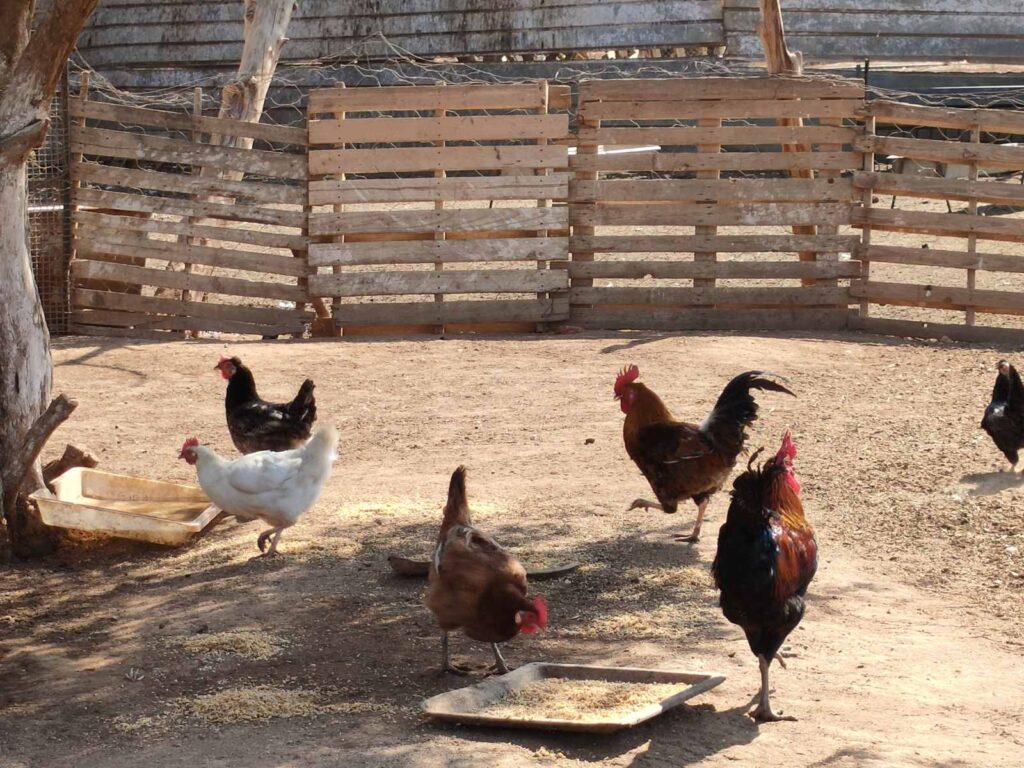
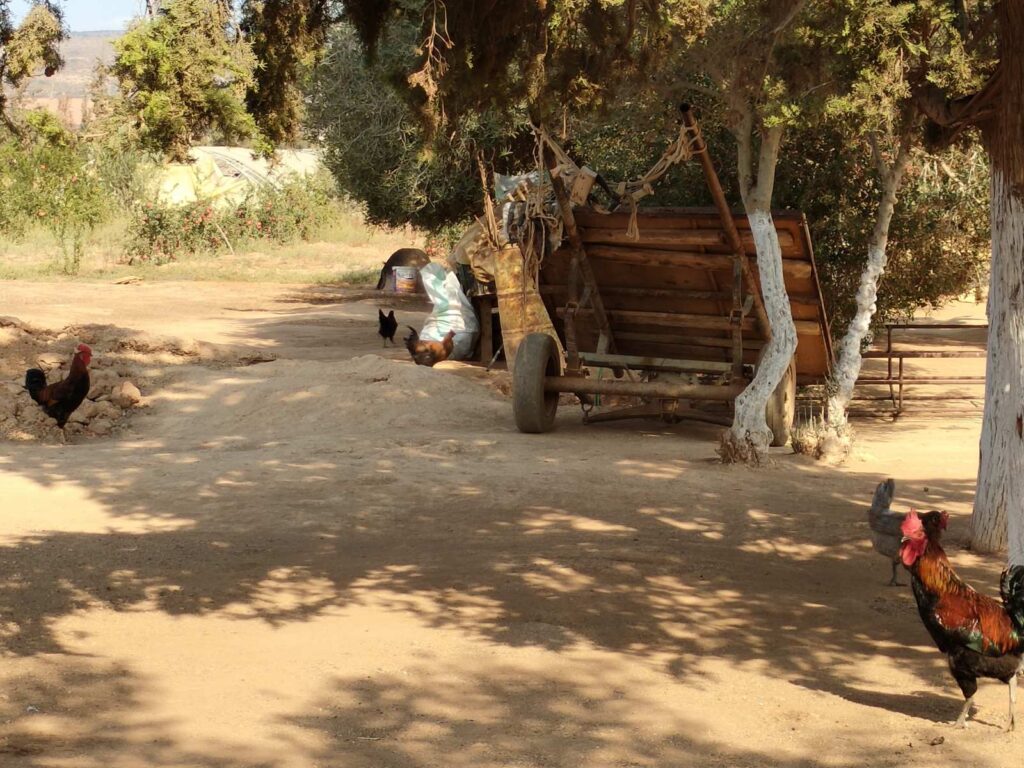
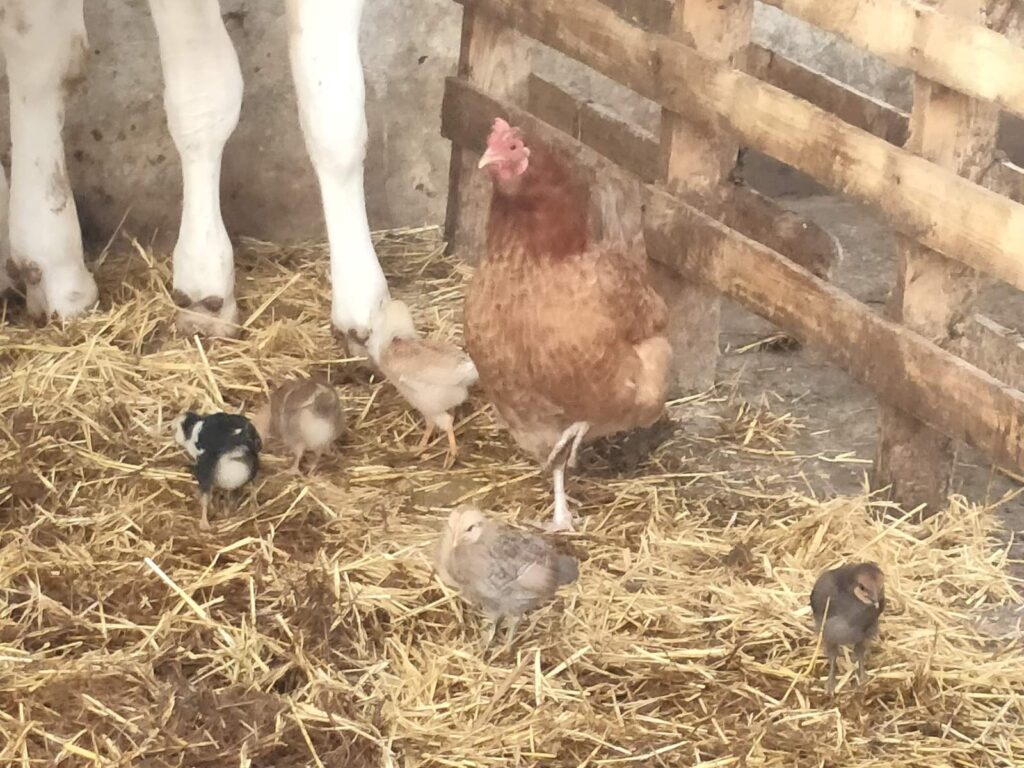
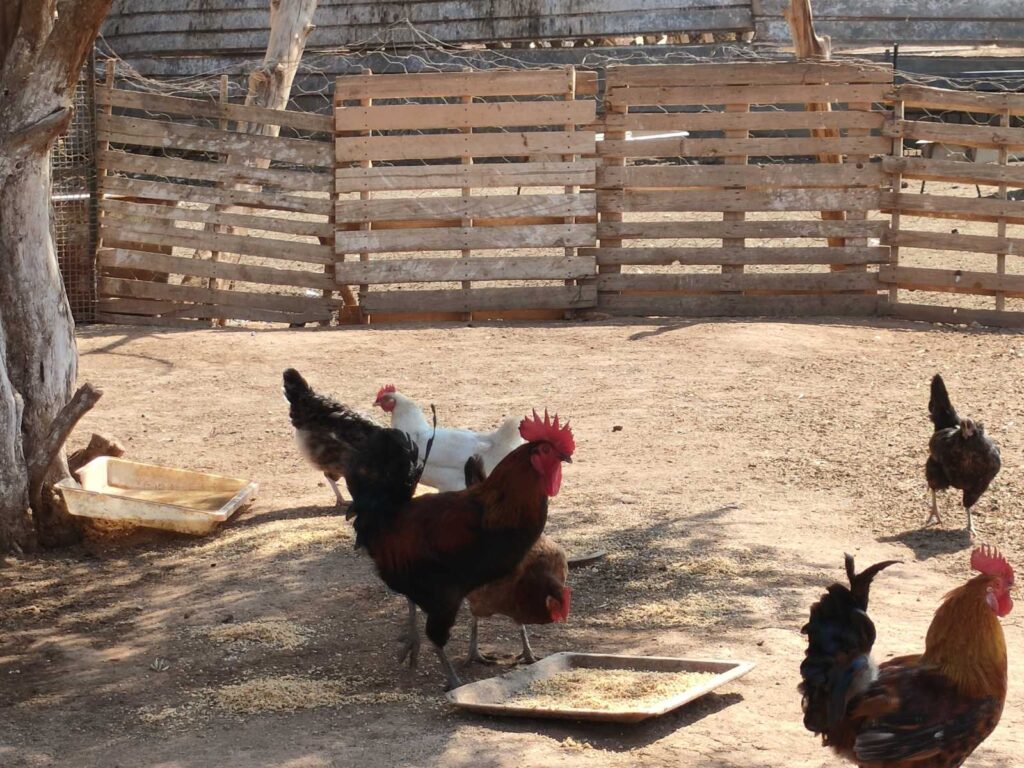
Traditional chicken belong to a population with no comprehensive information about the breeds. These are the local chickens raised by farmers and often show large phenotypic diversity (FAO, 2012).
In the project PRIMA 2020 SCALA-MEDI, we have to get 250 chickens from 5 agroecological zones and no chicken breeds were defined. A great phenotypic diversity was observed in local Algerian chickens. Among the phenotypic characteristics, we can find:
Feather colour
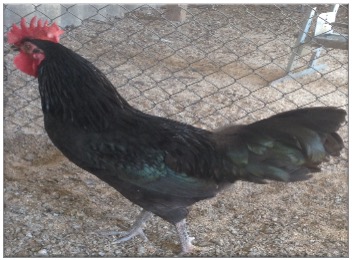
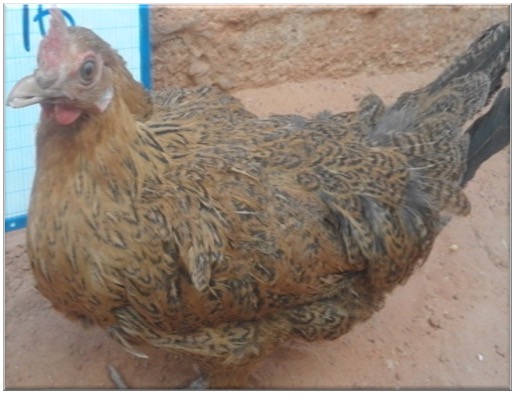
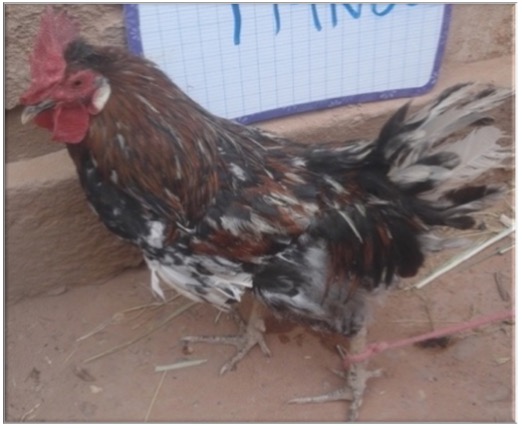
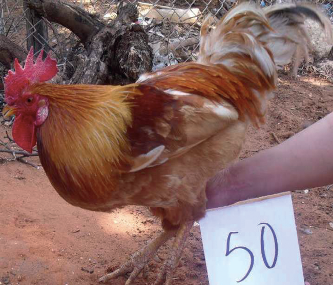
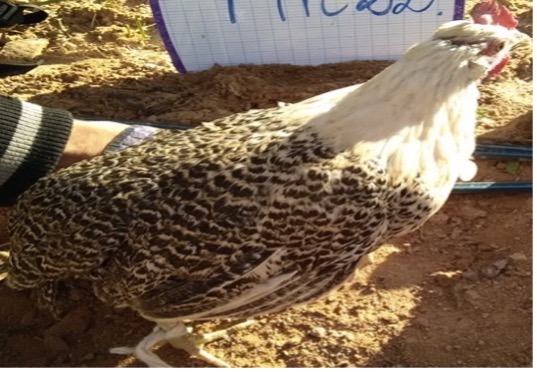

Feather type
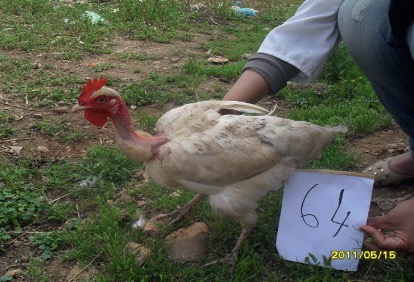
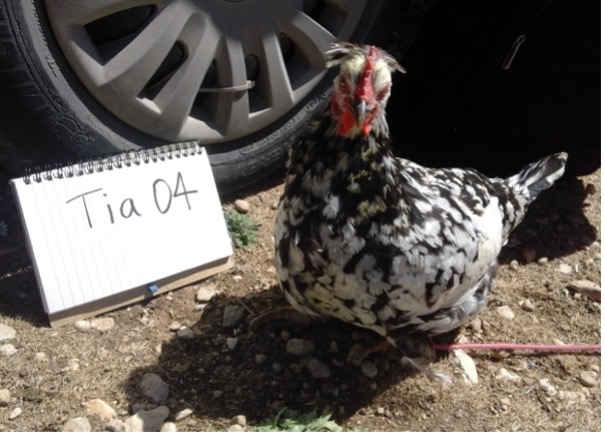
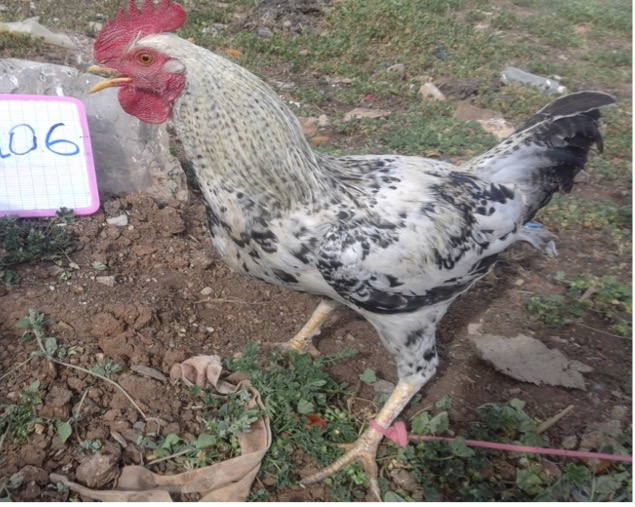
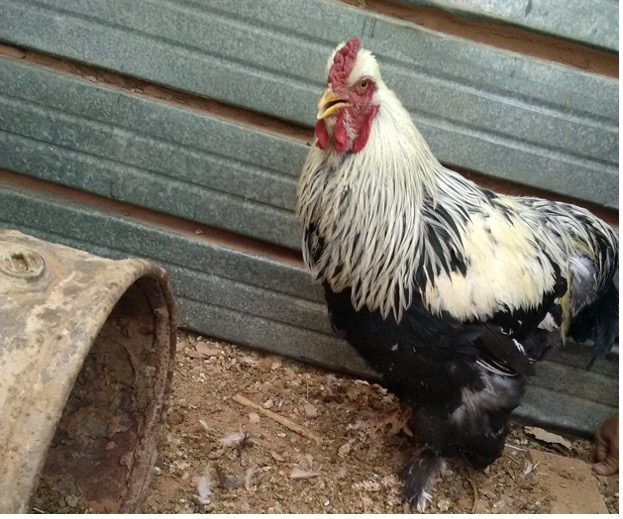
Tarsus type
Several colours of the tarsus have been identified in the Algerian local chicken populations such as white tarsus, grey, yellow, green and blue tarsus.
Comb type
Various comb types have also been found in the Algerian local chicken. The comb types observed in the Algerian domestic chickens are single, rose, pea, double etc.
